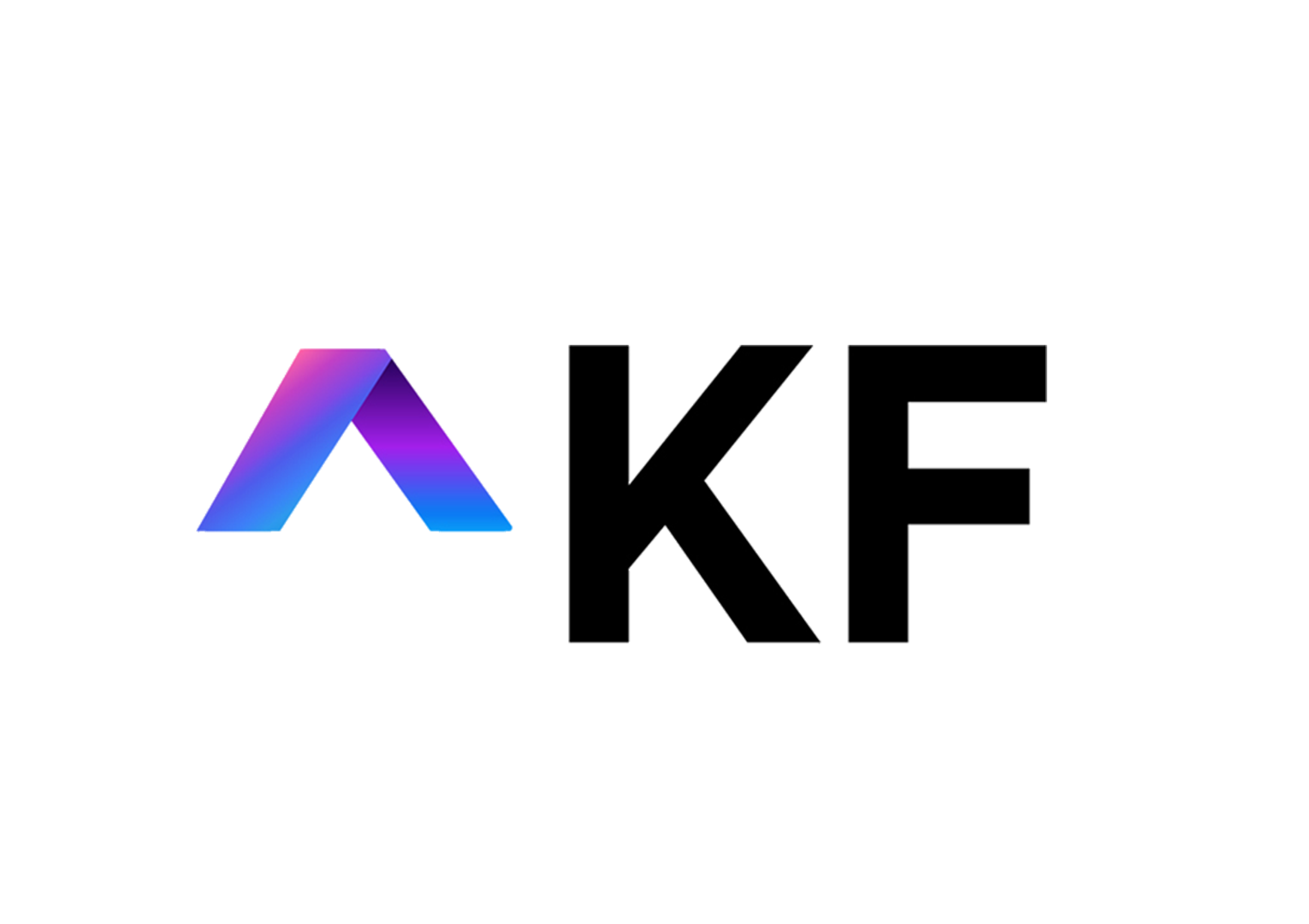
In a world that has become driven digitally and technology continues to take over, AR and VR have emerged as transformative technologies that are reshaping how brands interact with their audiences. These immersive technologies offer unique opportunities for marketers to create engaging, interactive experiences that go beyond traditional advertising methods. In this blog post, we’ll explore the impact of AR and VR on marketing and how they are revolutionizing the industry.
Understanding AR and VR
Augmented Reality (AR) overlays digital information onto the real world through devices like smartphones, tablets, and AR glasses. This technology enhances the physical environment by adding interactive elements such as images, videos, and 3D models.
Virtual Reality (VR), on the other hand, creates entirely immersive digital environments that users can explore using VR headsets. This technology transports users to a simulated world, offering an engaging and interactive experience.
AR and VR Enhances Customer Engagement
One of the most significant impacts of AR and VR on marketing is the enhancement of customer engagement. Traditional advertising methods often struggle to capture and maintain the audience’s attention. However, AR and VR create immersive experiences that captivate users and encourage active participation.
For instance, AR allows consumers to visualize products in their own space before making a purchase. Brands like IKEA and Sephora use AR apps to enable customers to see how furniture or makeup products will look in their homes or on their faces. This interactive experience not only increases engagement but also builds confidence in purchasing decisions.
Personalized and Interactive Campaigns
AR and VR enable marketers to create personalized and interactive campaigns tailored to individual preferences. By leveraging data and analytics, brands can design experiences that resonate with their target audience on a personal level.
For example, automotive companies like Audi and BMW use VR to offer virtual test drives. Potential customers can explore the interior and exterior of a car, experiencing its features and functionalities in a virtual environment. This personalized approach allows consumers to interact with the brand in a meaningful way, leading to higher levels of satisfaction and loyalty.
Creating Memorable Brand Experiences
In a crowded marketplace, creating memorable brand experiences is crucial for standing out. AR and VR provide a unique platform for brands to craft unforgettable moments that leave a lasting impression on consumers.
One notable example is Coca-Cola’s use of VR during the holiday season. The company created a VR experience where users could take a virtual sleigh ride with Santa Claus. This immersive campaign not only generated excitement and joy but also strengthened the emotional connection between the brand and its audience.
Driving Sales and Conversions
AR and VR have a direct impact on driving sales and conversions. By offering interactive and immersive experiences, these technologies can influence purchasing decisions and shorten the sales cycle.
Retailers are leveraging AR to provide virtual try-ons for clothing and accessories. This allows customers to see how products will look on them without physically trying them on, reducing the hesitation often associated with online shopping. As a result, brands like Warby Parker and L’Oreal have reported increased conversion rates and reduced return rates.
Enhancing Training and Education
Beyond consumer-facing applications, AR and VR are also transforming training and education within marketing teams. These technologies offer immersive training experiences that enhance learning and skill development.
For instance, companies can use VR to simulate real-life marketing scenarios, allowing employees to practice and refine their strategies in a risk-free environment. This hands-on approach to training improves knowledge retention and equips marketers with the skills needed to excel in their roles.
Overcoming Challenges and Future Prospects
While the impact of AR and VR on marketing is profound, there are challenges to overcome. High development costs, limited accessibility, and the need for specialized hardware are some of the barriers that brands face when adopting these technologies.
However, as AR and VR continue to evolve and become more accessible, their potential for marketing will only grow. Advancements in technology, such as AR glasses and more affordable VR headsets, will make these experiences more mainstream and widespread.
In the future, we can expect AR and VR to become integral components of marketing strategies across various industries. As brands continue to innovate and push the boundaries of what’s possible, these immersive technologies will play a pivotal role in shaping the future of marketing.
since the world is implementing digital transformation, you have too! Get to know the 4 AI marketing jobs and Check out the latest AI tools that will help you in content creation
Conclusion
AR and VR are revolutionizing the marketing landscape by offering immersive, interactive, and personalized experiences that captivate audiences and drive engagement. As these technologies continue to advance, their impact on marketing will only become more significant. Brands that embrace AR and VR are poised to create memorable experiences, drive sales, and build stronger connections with their customers. The future of marketing is here, and it’s immersive, interactive, and incredibly exciting.
